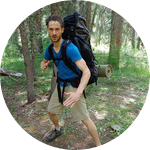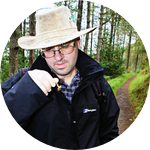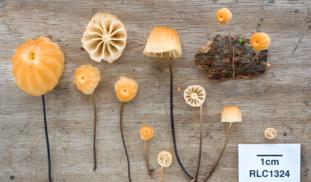Please wait...
About This Project
Of an estimated 3.2 million species of fungi, only some 120,000 are known to science. Most of the undescribed species reside in the tropics. In 2014, myself and a fellow mycologist, Roo Vandegrift, collected some 350 samples of fungi from Reserva Los Cedros; one of the last unlogged watersheds on the western slope of the Andes. We are now looking to begin the microscopic and molecular analysis portions of our research, with the goal of publishing on our findings.

Browse Other Projects on Experiment
Related Projects
How do polar bears stay healthy on the world's worst diet?
Polar bears survive almost entirely on seal fat. Yet unlike humans who eat high-fat diets, polar bears never...
Uncovering hidden insect diversity associated with a likely undescribed gall-forming midge
Does a likely undescribed species of gall-forming midge (pers. comm. Ray Gagné) on Eriodictyon plants (Yerba...
Macrofungi of the California archipelago
The eight islands of the California Archipelago are a well-studied biodiversity hotspot — but we know almost...





